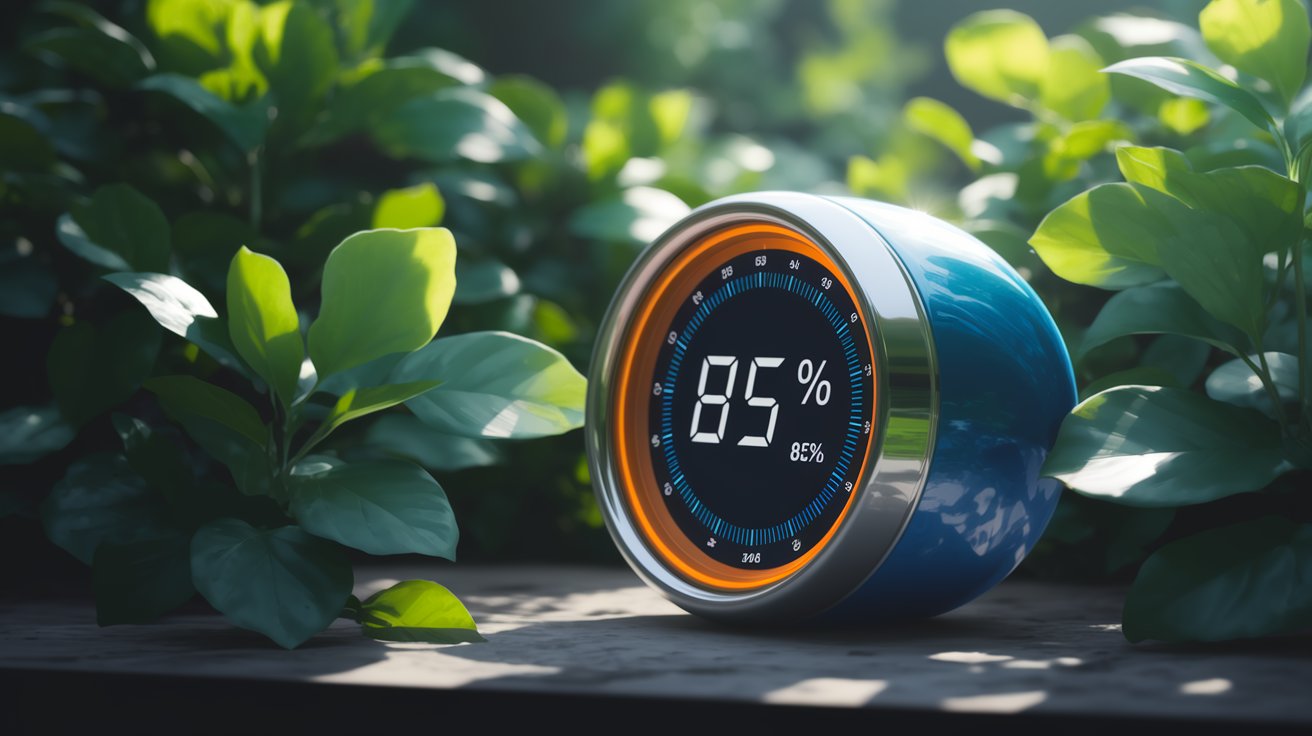What is Water Activity?
Water activity (aw) is a critical parameter in food science, pharmaceuticals, and various industrial applications. It measures the availability of free water in a substance, distinguishing it from water content. Unlike total moisture content, which quantifies the overall water in a product, water activity specifically refers to the portion of water available for microbial growth, chemical reactions, and enzymatic activity.
Water activity is expressed as a value between 0 and 1, where:
- 0 represents an entirely dry substance with no free water.
- 1 corresponds to pure water, where all water molecules are freely available.
Why is Water Activity Important?
The significance of water activity extends across multiple industries due to its direct impact on:
1. Food Safety and Shelf Life
Water activity influences microbial growth, determining whether a product remains safe for consumption. Bacteria generally require an aw above 0.90, while molds and yeasts can thrive at lower levels. Reducing water activity in food products helps inhibit spoilage and extends shelf life.
2. Pharmaceutical Stability
In pharmaceutical formulations, controlling water activity is crucial to prevent degradation, caking, and loss of efficacy in tablets, powders, and capsules. A well-controlled aw value ensures longer product stability and performance.
3. Industrial and Agricultural Applications
From cosmetics to agricultural products, water activity affects material stability, texture, and performance. Proper monitoring prevents unwanted microbial contamination and structural changes.
How is Water Activity Measured?
Modern water activity measurement relies on advanced instruments that assess the equilibrium relative humidity (ERH) above a sample. The most common measurement methods include:
1. Electrolytic (Dew Point) Sensors
These sensors determine aw by measuring the temperature at which condensation forms. They offer high accuracy and are widely used in food and pharmaceutical industries.
2. Capacitive Sensors
Capacitive measurement involves detecting changes in dielectric properties as humidity fluctuates. This method is cost-effective and commonly used in industrial settings.
3. Resistive Sensors
These sensors operate by measuring resistance changes as humidity varies, providing reliable readings for monitoring product stability.
Key Water Activity Ranges for Microbial Growth
Understanding the critical aw levels for different microorganisms helps manufacturers control product safety:
- >0.98: Ideal for bacteria, yeast, and mold proliferation.
- 0.91 – 0.95: Supports most pathogenic bacteria, including Salmonella and Listeria.
- 0.80 – 0.90: Allows growth of some molds and osmophilic yeasts.
- <0.60: No microbial growth, ensuring maximum product stability.
Strategies to Control Water Activity
To maintain product quality and extend shelf life, industries use various techniques to regulate water activity:
- Dehydration and Drying: Reducing moisture content through controlled drying processes.
- Use of Humectants: Adding substances like glycerol or salt to bind water and lower aw.
- Packaging Innovations: Employing moisture-resistant materials to prevent external humidity absorption.
- Freeze-Drying: Removing moisture while preserving product structure and quality.
Applications of Water Activity Monitoring
Food Industry
- Preventing spoilage and microbial contamination.
- Ensuring compliance with regulatory safety standards.
- Optimizing texture and sensory qualities of dried and packaged foods.
Pharmaceutical Industry
- Enhancing stability of drug formulations.
- Preventing degradation and loss of potency.
- Ensuring consistent performance of medical products.
Cosmetic and Personal Care Products
- Controlling microbial growth in lotions, creams, and powders.
- Preventing unwanted phase separation and texture degradation.
- Enhancing shelf life of water-based formulations.
Water Activity vs. Moisture Content
Although often confused, water activity and moisture content serve different purposes:
- Moisture Content: Measures the total amount of water in a substance, including bound and free water.
- Water Activity (aw): Measures only the free, active water that influences microbial growth and chemical reactions.
Industry Regulations and Compliance
Water activity is a critical factor in meeting regulatory requirements for food safety and pharmaceutical stability. Governing bodies such as the FDA (Food and Drug Administration), WHO (World Health Organization), and ISO (International Organization for Standardization) establish guidelines to ensure product integrity and consumer safety.
Conclusion
Water activity plays a pivotal role in product safety, stability, and shelf life across diverse industries. By understanding its measurement, control methods, and implications, manufacturers can optimize quality and ensure regulatory compliance. Advanced water activity meters provide precise, reliable data to help businesses maintain high standards, reduce waste, and enhance product performance.
